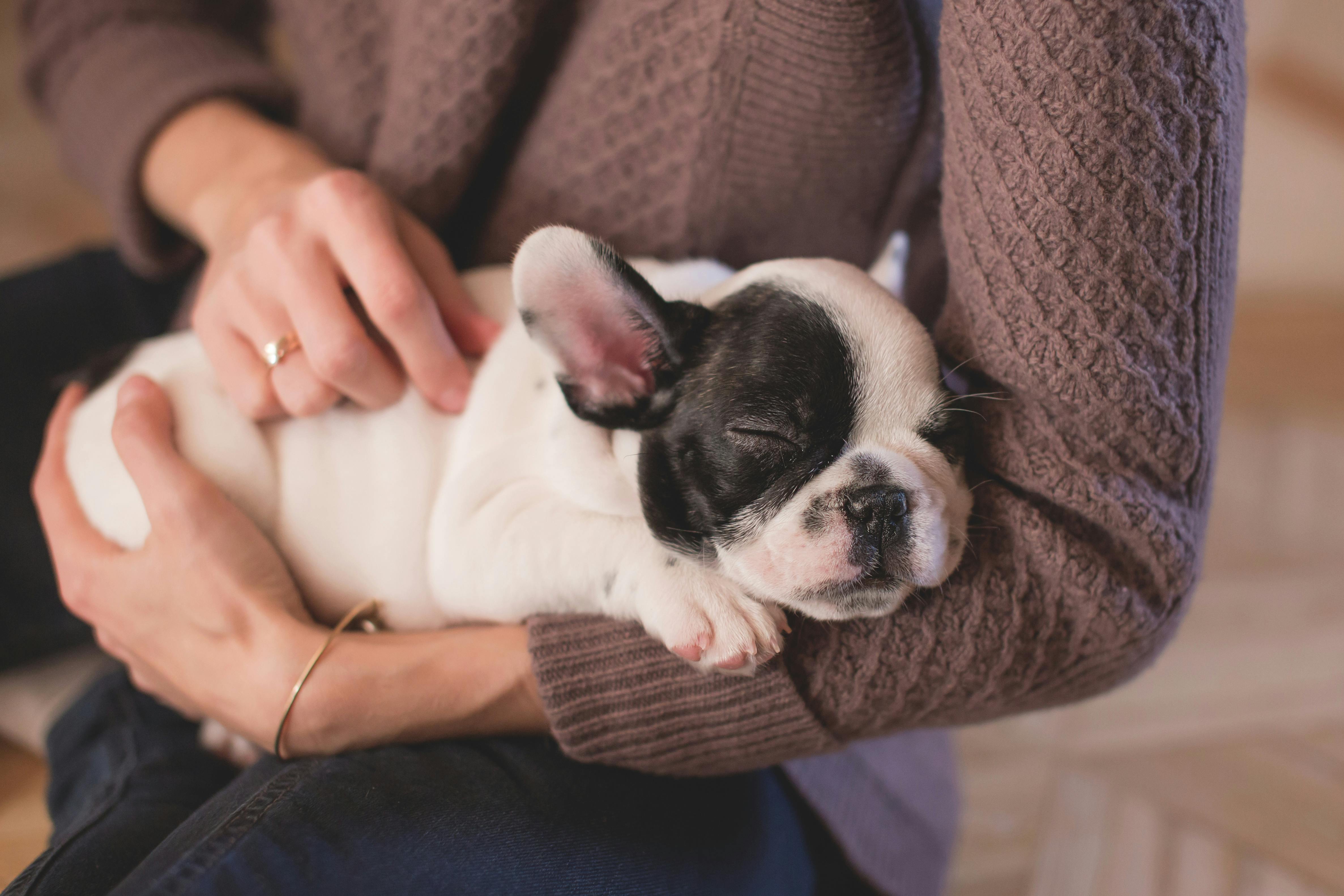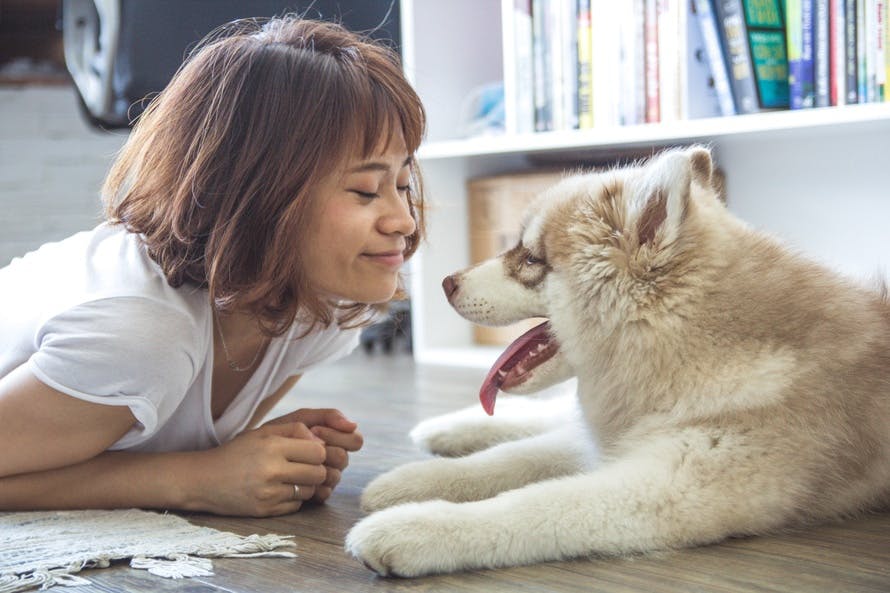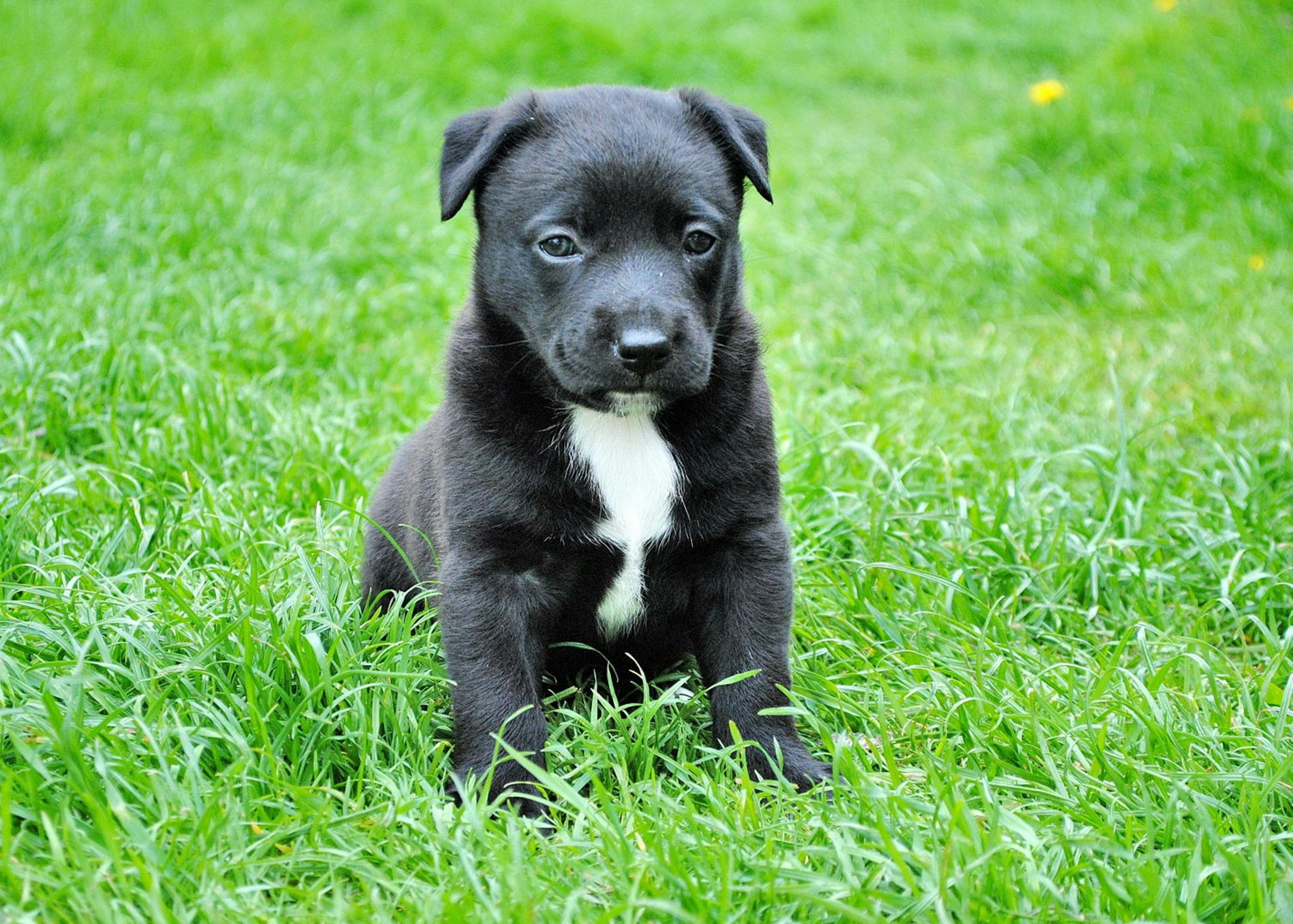Dogs are wonderfully intelligent animals, but they need your guidance and training in order to be well-behaved pets. While there are plenty of training professionals out there, you'll still need to be aware of the training process, and you'll need to be heavily involved in order for your pet to be successful. Your pet will want to know what to expect from you, and of course you'll want your dog to heed your commands! Whether you have a new puppy or just adopted an older adult, we've got some helpful tips for your training practice, as well as some useful tools to make things easier!

Praise is King
Obviously, dogs are not the same as human beings. While a person may be able to understand when you tell them they did something wrong, dogs have a difficult time in this department! Instead, dogs respond much more favorably to praise and positive reinforcement. This is much easier for a dog to understand, and you'll find greater success if you choose to focus on this in your training methods, as opposed to punishments and scolding. Certainly, it is easier to scold a dog or become angry when they do something wrong. However, training should focus on praising your pet for the correct behavior with vocal compliments, a positive tone, and of course, treats! Once your dog starts to realize what behavior gets them these great results, they'll want to do it more. This is the most effective way to teach your dog a proper action or behavior.

Tools
There's nothing wrong with using some tools to help you in training. Prong collars, training collars, or shock collars can be useful additions to your training routine. This is especially true for older dogs who may have had no training so far, and are stubborn and strong-willed when it comes to learning something new. Collars for training, like the offers by K9Konnection, are humane and safe to use with your pet. They may use gentle pressure, sounds and smells, and light shocks to help your pet understand what behaviors are unwanted. Any tool you use should be of course paired with positive reinforcement and praise! This boosts the success you will experience when it comes to helping your pet learn right from wrong. Remember, a tool such as a training collar isn't going to help at all without your encouragement and attention.
Treats! Treats! Treats!
As we've discussed, positive reinforcement is the best way to train your dog. What's the quickest way to your dog's heart? Treats! Dogs are highly food motivated, and even your pickiest pup has something they'll beg for. The trick is to find something they truly enjoy! If your dog knows you have something delicious, they'll be more likely to pay attention. They want that treat! Remember that the best treats for your pet will be small, easy to eat, and will fit into your pets diet without causing weight gain or allergic reactions. If you really want to get something special for your pet, you can make your own treats. Dogs love fresh foods, and if you make something yourself, you can ensure you use ingredients they love. Try including pet favorites like apple, sweet potato, or peanut butter! In addition to being something your pet really enjoys, this can also be a little easier on your budget too.

Consistency
When training your pet, there's nothing more frustrating for them than inconsistency. This can occur whether you are the only one training your pup, or you have other members of your family or professionals involved in the process. Everyone needs to be on the same page about what's appropriate behavior, what needs to be corrected, and what method of training is being used. Imagine – your pup is trying hard to please you and learn a correct behavior! But one day, they mess up and receive a very negative reaction from another family member. This could set your progress back by weeks! To ensure everyone is on the same page, make a training plan ahead of time and make it available to whoever is in contact with your dog. Display it in a prominent location, such as on the fridge or by your dog's food dish. Remember to ensure everyone is consistent – don't let accidents or slip ups slide, and make sure everyone is using praise for a job well done.
Be Patient
Change doesn't happen overnight. While it can be easy to have high expectations for your pup, try to keep patience at the forefront of your mind while training. Give your dog plenty of time in order to be successful. Learning a new skill or trick takes time, and it can take even longer if you are trying to break an older dog's bad habits. Even if you are supplementing your dog's training with tools like training collars, give them several weeks to start getting the hang on their new expected behaviors. Stay positive; you'll notice a big difference in your pet with the hard work as long as you give it enough time!

Training your pet can seem like a chore, but with these simple tips, you can make it easier than ever to reinforce correct behavior in your pup. Stick with it and never feel guilty about employing training tools like professional trainers and training collars! Remember, training your pet isn't always easy, and using help to get you and your dog on the same page is never a bad thing. Give it time and effort, and soon your pet will be the most well-behaved pooch on the block!


